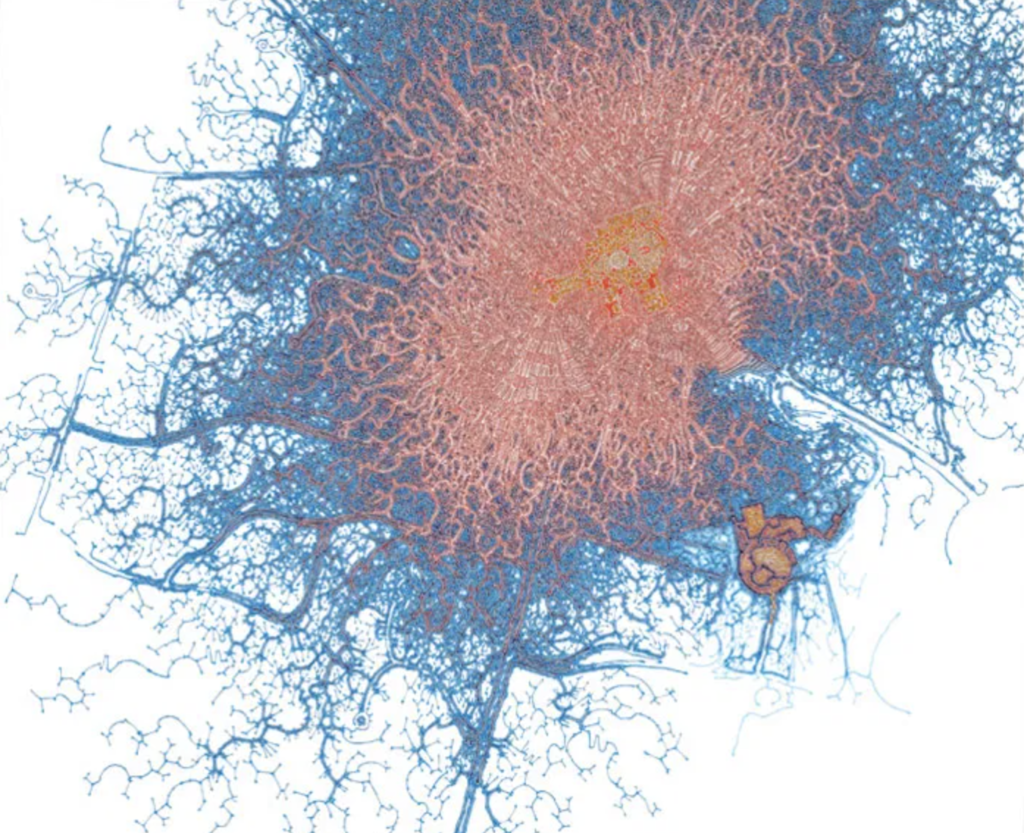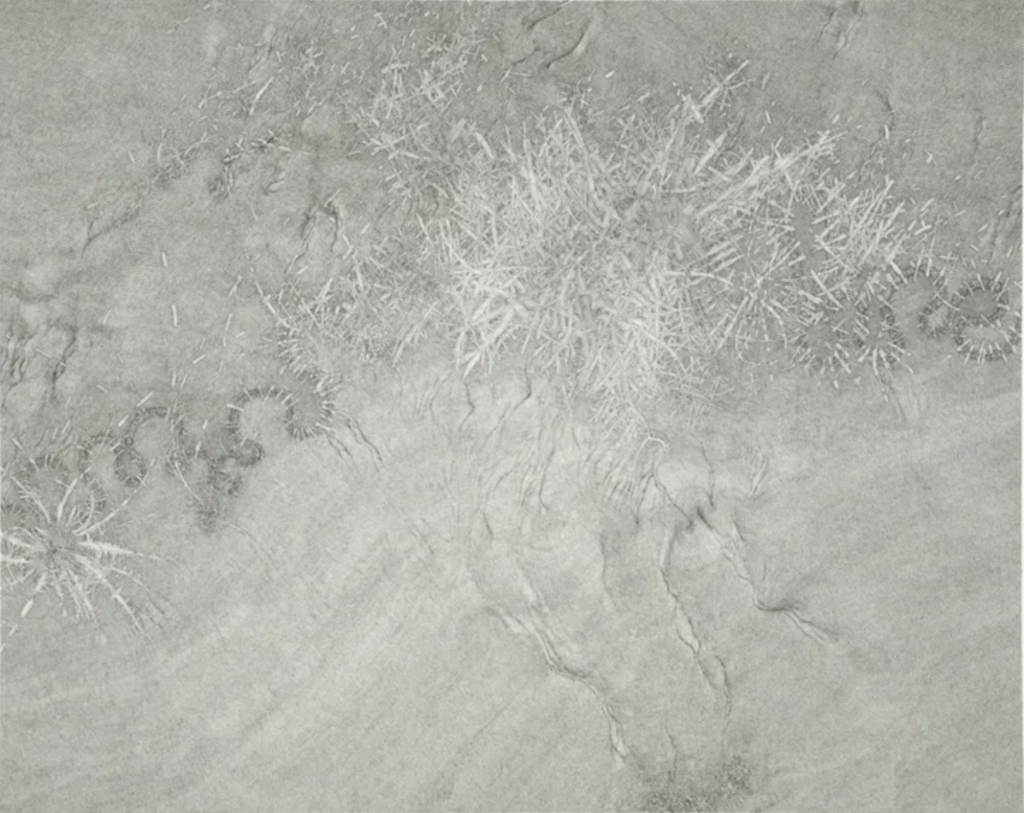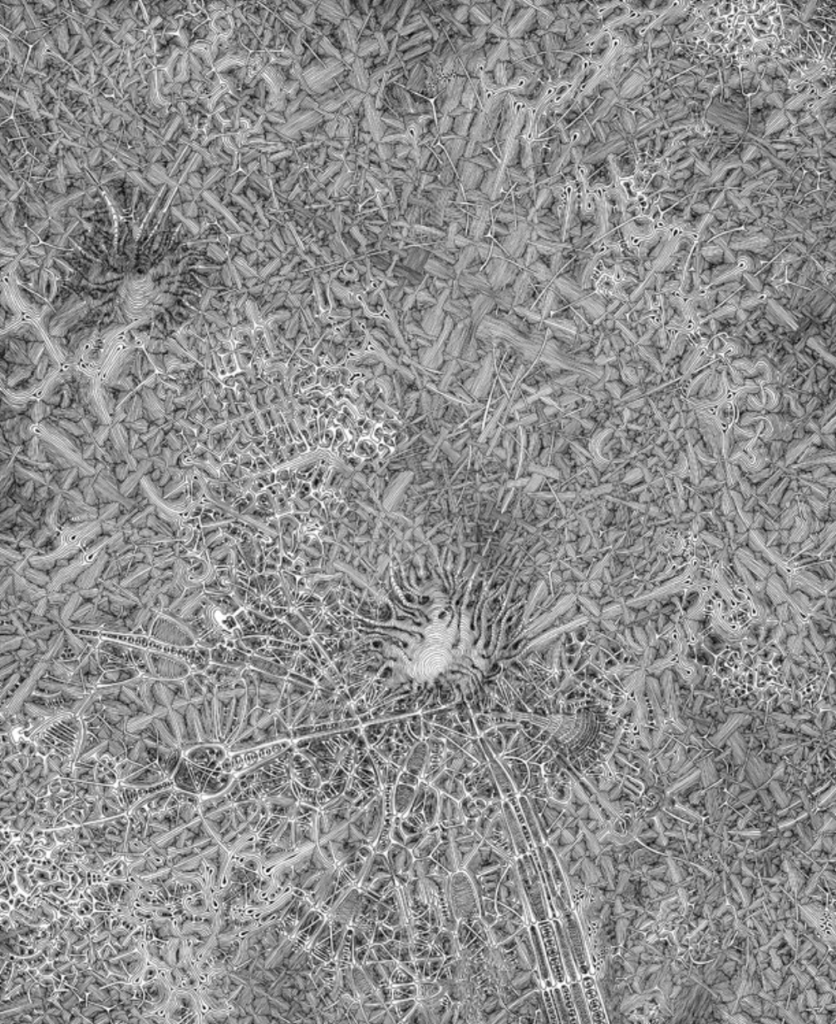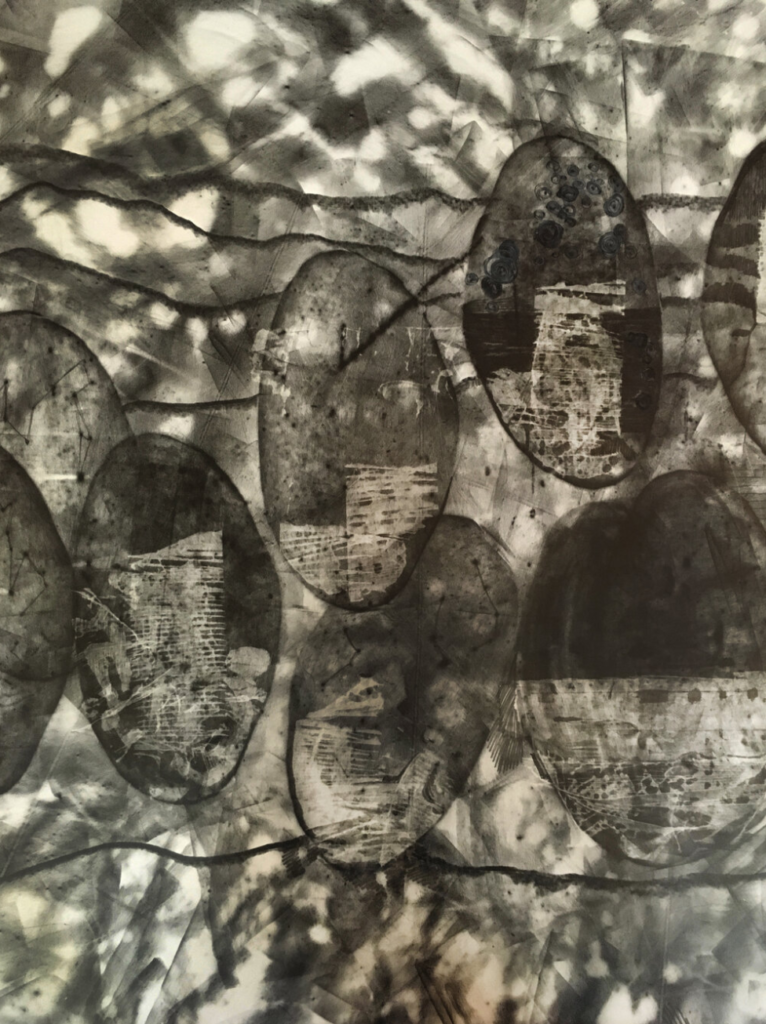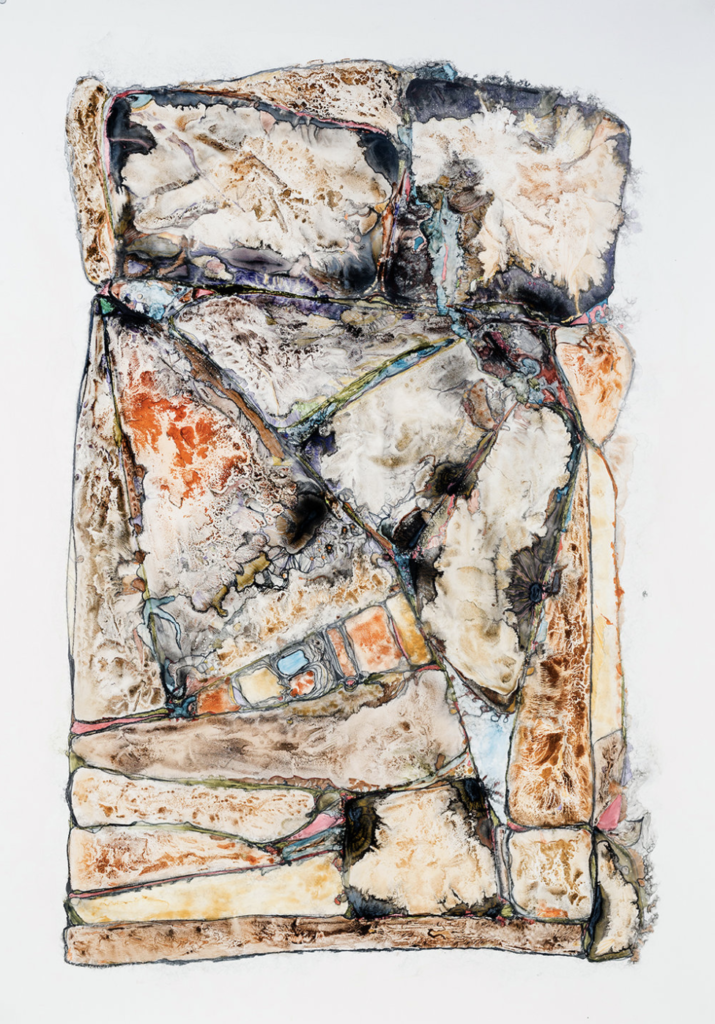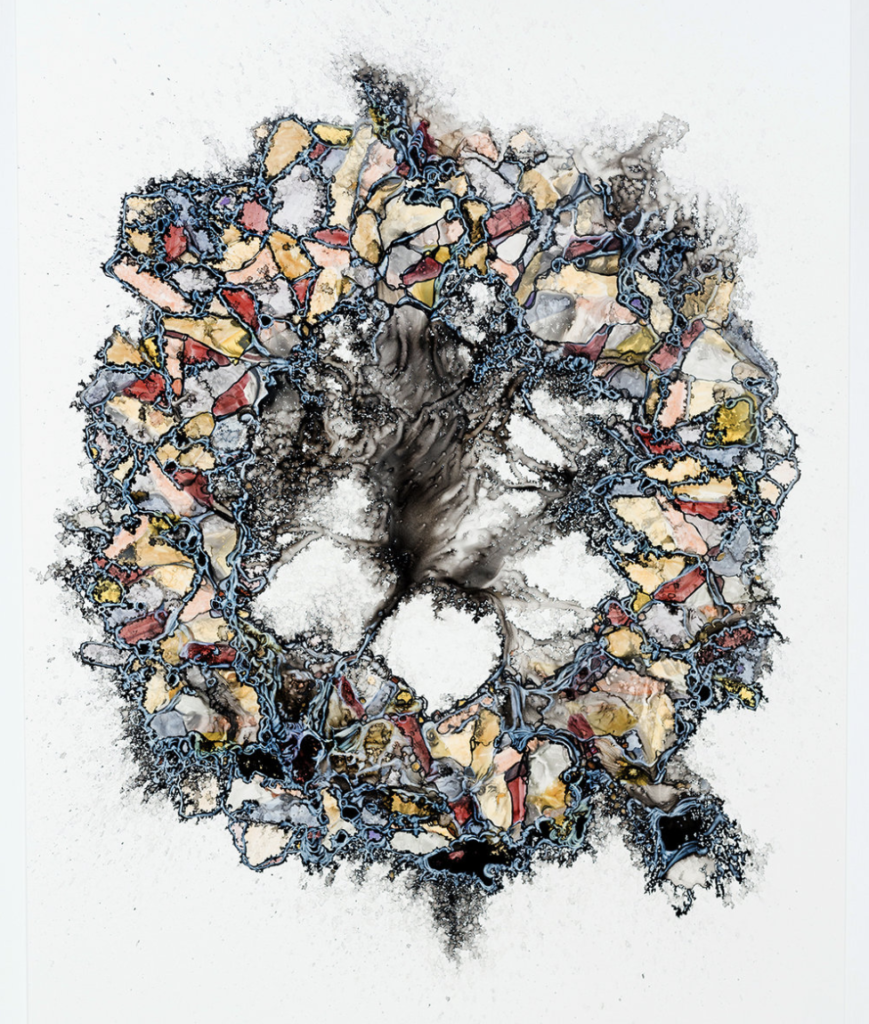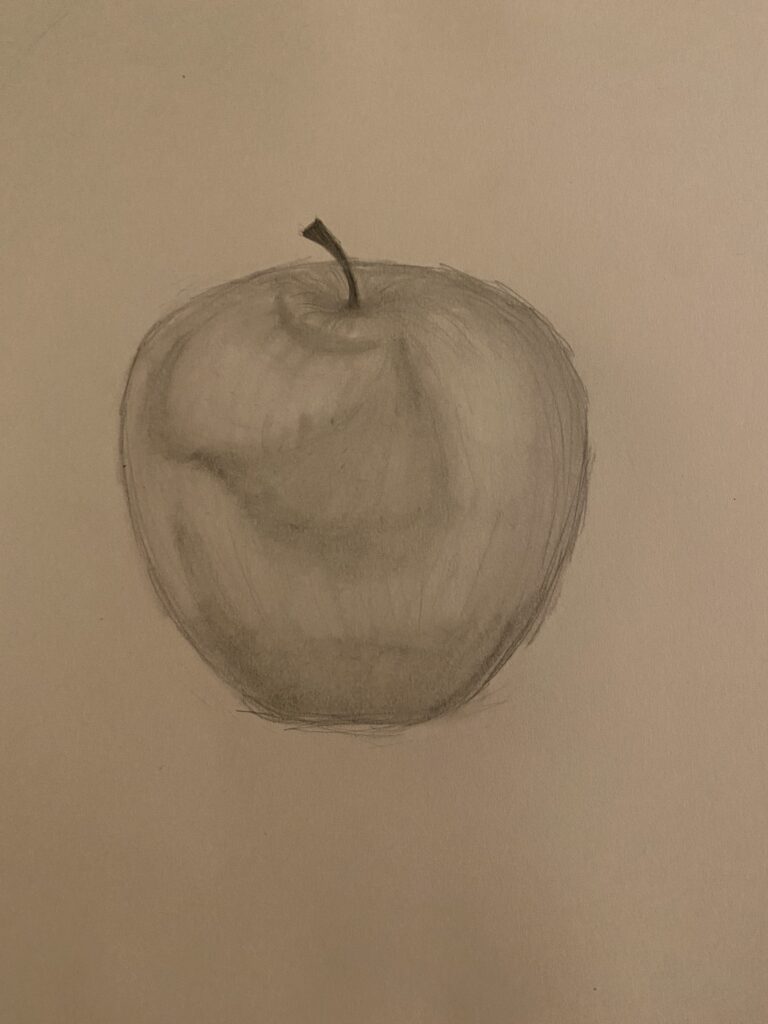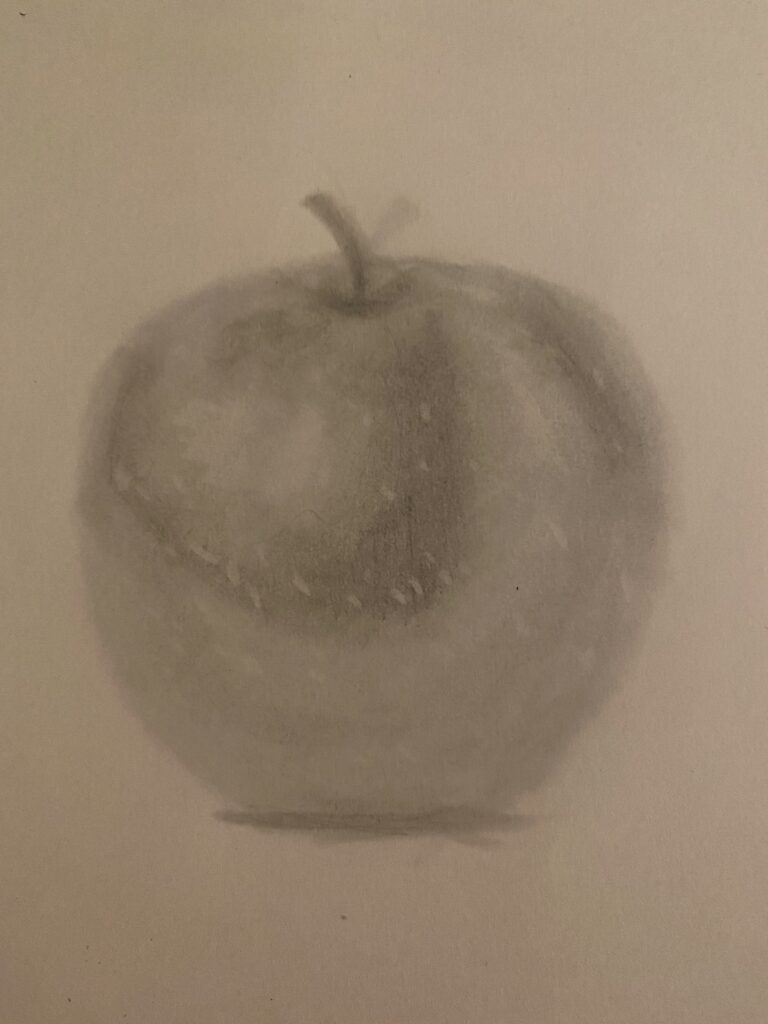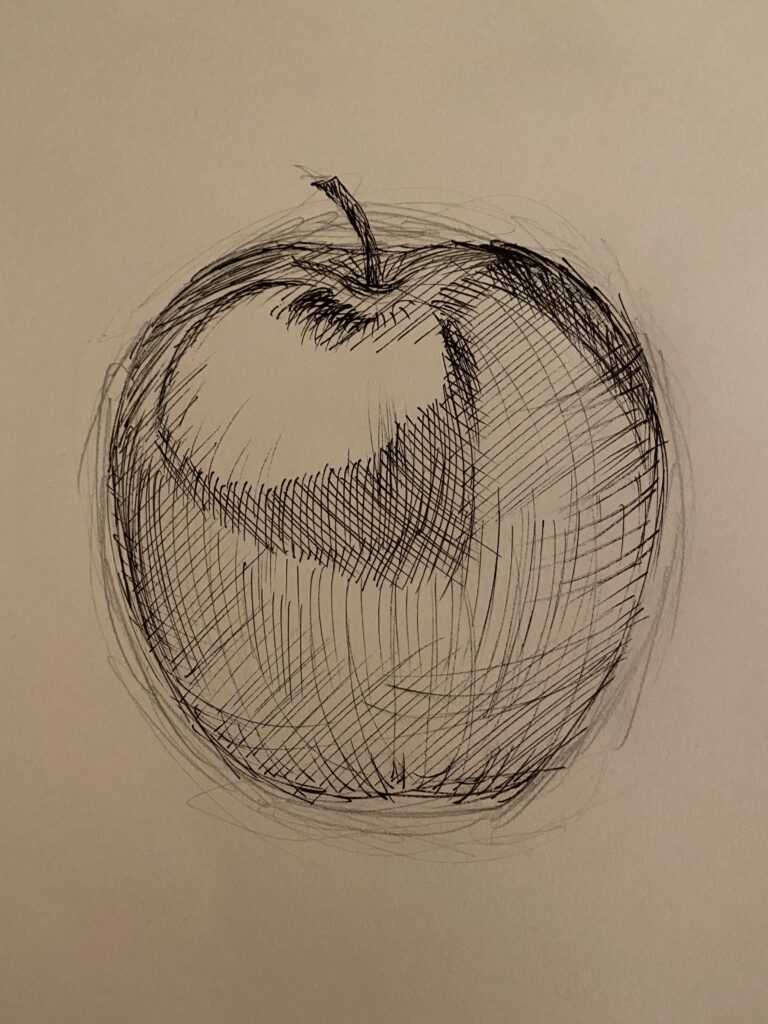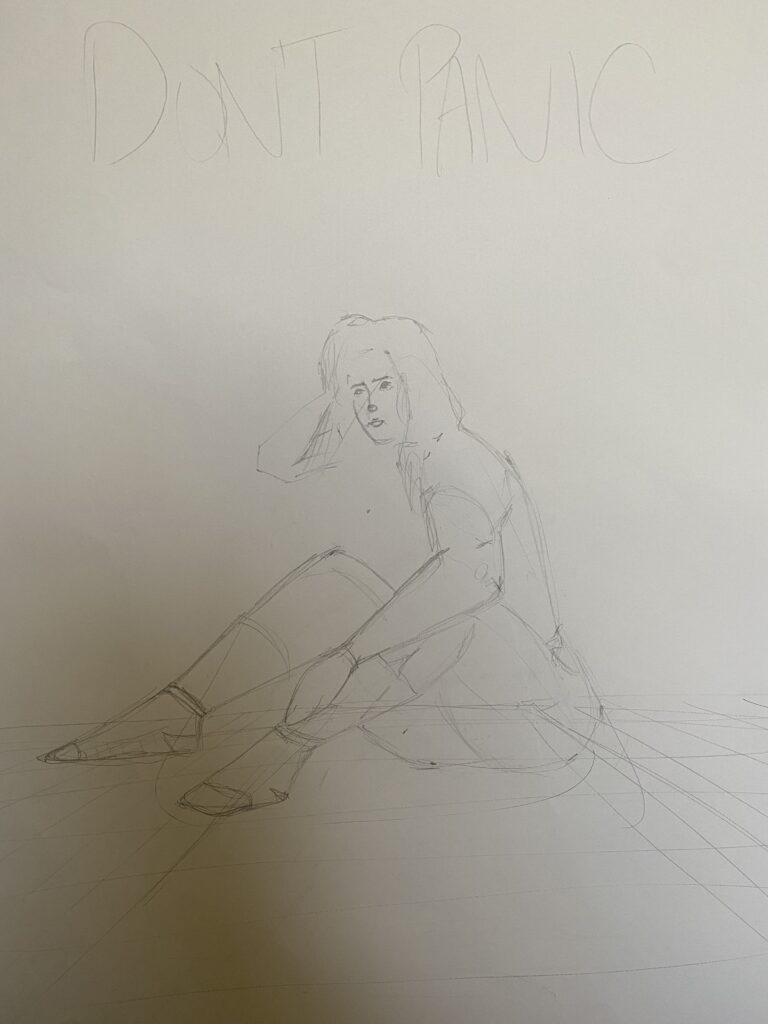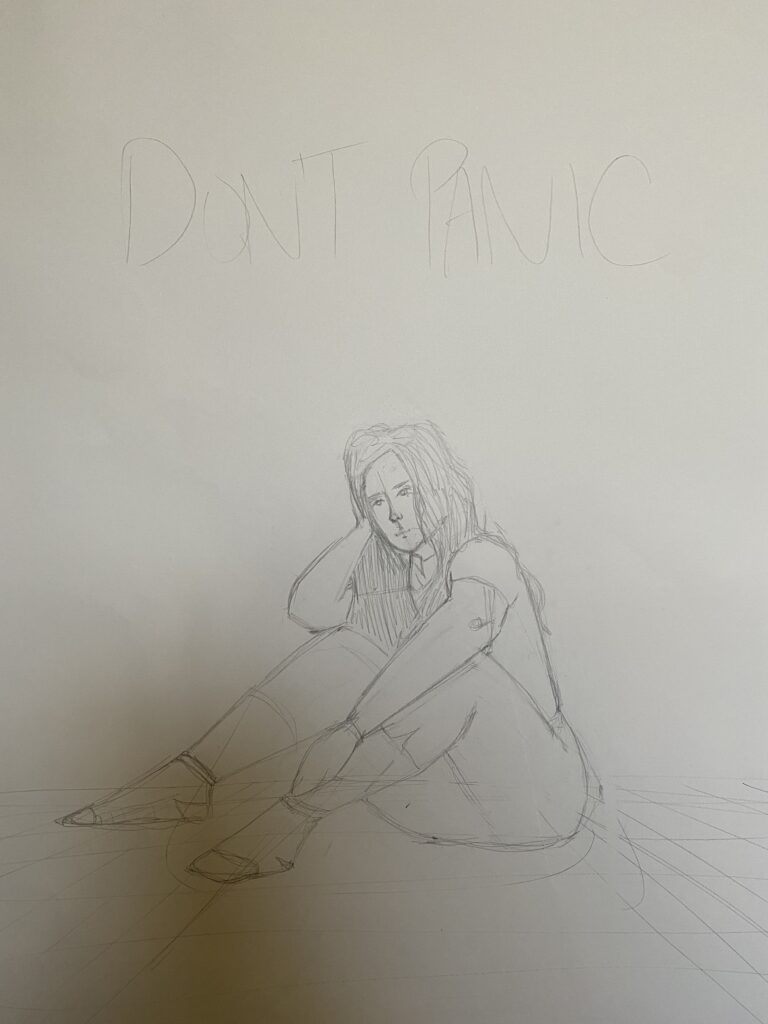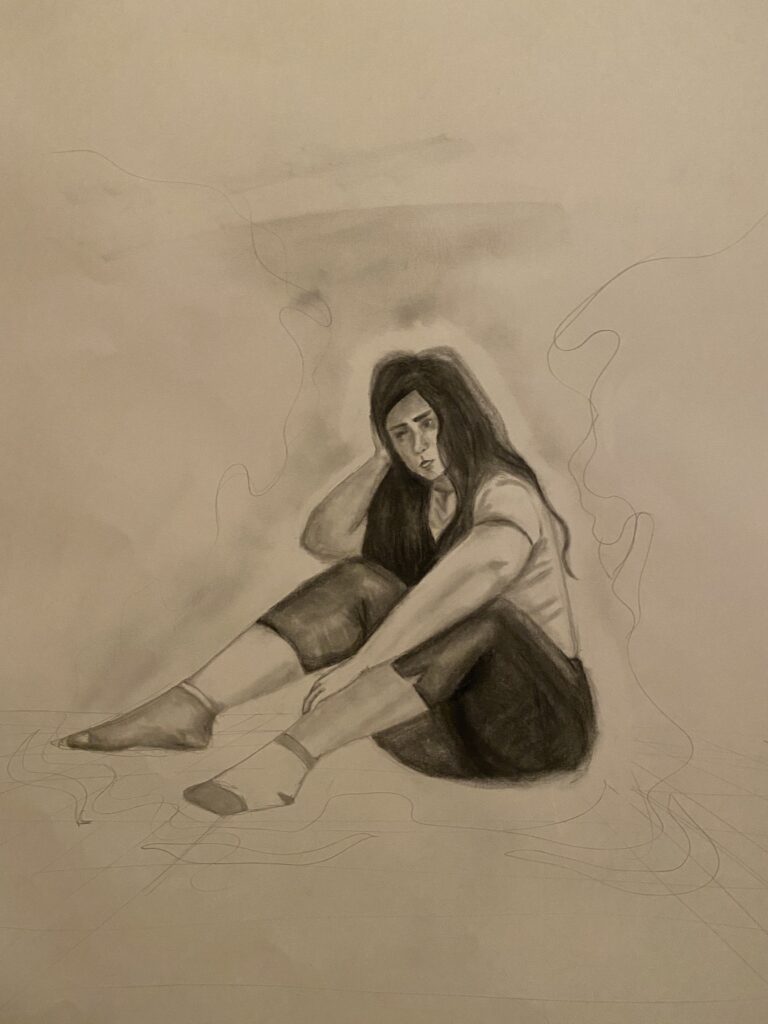Artist Research 3
Bio:
Daniel Zeller was born in San Rafael, California and went to school at the University of Massachusetts and the University of Connecticut studying sculpture. Much of Zeller’s art is inspired by satellite images, electron micro-graphs, topographical maps, and anatomical diagrams. He’s said of his work that it is a “reconfiguration and driven by information overload.” He created his own set of rules for his work, the main of which is that every line he puts on the piece cannot be covered or crossed.
References:
https://www.artsy.net/artist/daniel-zeller
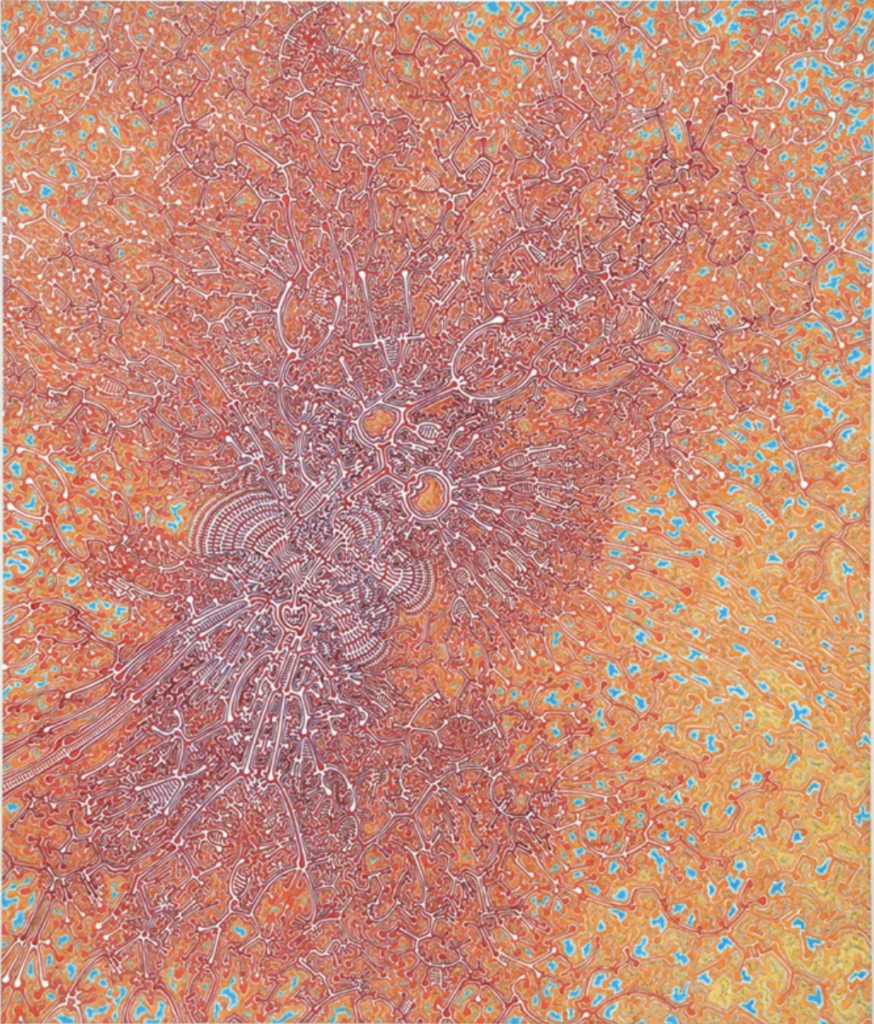
1. How is the work made?
o What is the medium? What other materials or tools are used to make the work? How large is the work?
Ink and acrylic on paper. 16.5 x 14 inches.
2. What are the formal elements of the artwork?
o What are the formal elements used in the making of the artwork? (line, shape, texture, form)
o How are they organized in the composition? Describe the dominant principle used in the composition?
Line and shape. Though it’s hard to say that much of this work was purposeful, as musch of Zeller’s work focuses on spontaneity within constraints. However, the main body of the piece is somewhat centered, which is a classic rule of art and is very effective.
3. What is the context of the work?
o When was the work made? Where was the work made? Does the work relate to the social or political history of the time?
This piece was made in 2020 and is aptly named “Return”. Though there’s no artist statement to go with it, it could be inferred that Zeller created and named this piece in anticipation of things returning to “normal” after the pandemic. The colours used are energetic and bright, bringing a sense of hope and happiness to the work.
4. Describe the content/subject of the work. (What the artist says about the work)
o What is it about? What is happening? What message does the work communicate? Is it a part of an ongoing theme for the artist?
Zeller’s ongoing theme (mentioned in the bio at the top) includes focus on organized chaos through his rules and careful spontaneity with all his pieces. This is an artist who has kept their works grouped by a connection of purpose, which is very interesting to look at. His exploration of knowledge and learning is a common thread throughout all his work, and it is communicated through abstract pieces.
5. What is the mood of the work? (What you say/feel about the work)
o What is the mood of the work? Has the artist created a certain atmosphere or feeling in the way the materials are used or elements are organized? How does the work make you feel?
I like a lot of Zeller’s work, I find it exciting and uplifting, whereas most of the time abstract art leaves me feeling unnerved or confused. In this case, I like that it’s easy for the audience to discern what the message is and the work is easy to enjoy as well; it’s not all conceptual.
6. How might their work inspire/influence your own studio practice?
I really like his ideas of being a little wild on the page but also setting specific rules for himself that create the order within the chaos. I think this is a very important aspect of abstract art that I enjoy, and if I were to explore abstract art more, I would definitely try applying this technique.
Sara Schneckloth
Bio:
References:
https://www.saraschneckloth.com/
https://www.artistaday.com/?p=4937
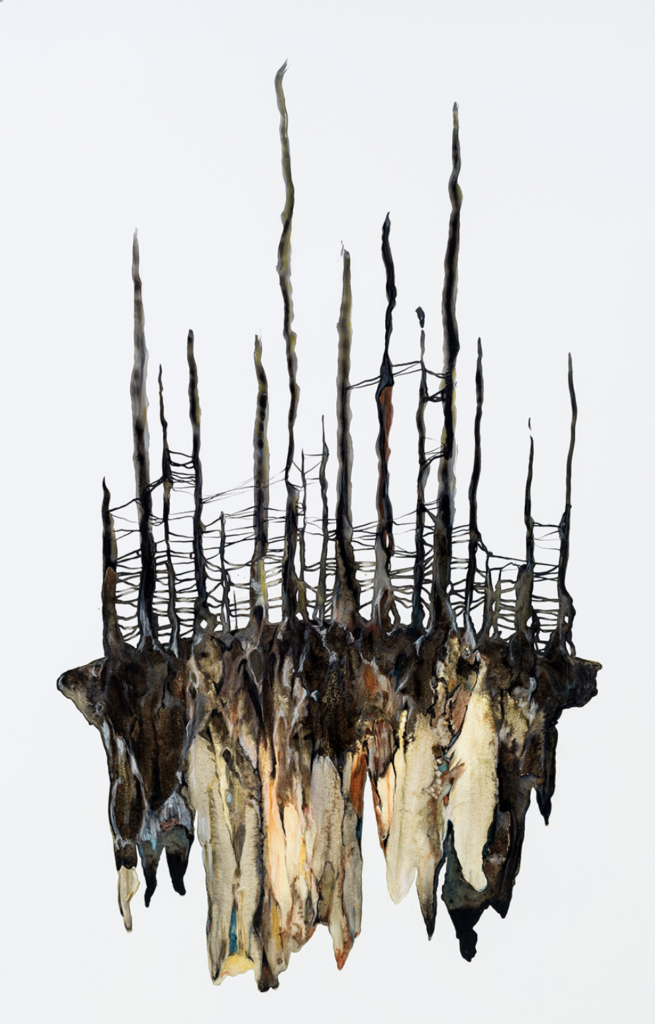
1. How is the work made?
o What is the medium? What other materials or tools are used to make the work? How large is the work?
Ink, coloured pencils, wax, 40 x 28. “Island Nations” (one of a set of drawings)
Schneckloth dripped ink down a page and then painted around the lines she’d created as stylistic or bare trees.
2. What are the formal elements of the artwork?
o What are the formal elements used in the making of the artwork? (line, shape, texture, form)
o How are they organized in the composition? Describe the dominant principle used in the composition?
The line and form shown in this piece is very evident. With the lines at the top of the work and creating a thick base and then what could be interpreted as roots or floating island rock formations, the piece effortlessly guides the viewer’s eyes down the page.
3. What is the context of the work?
o When was the work made? Where was the work made? Does the work relate to the social or political history of the time?
Schneckloth’s work is mainly inspired by questions of science, imagination, biology and architecture and how they all relate to each other. This collection of works was create 2017-2018. This work is not directly related to socio-political messages, but rather is an exploration of some ideas that are important and interesting to the artist.
4. Describe the content/subject of the work. (What the artist says about the work)
o What is it about? What is happening? What message does the work communicate? Is it a part of an ongoing theme for the artist?
Schneckloth’s work is heavily inspired by questions of science, imagination, biology and architecture and how they all relate to each other.
5. What is the mood of the work? (What you say/feel about the work)
o What is the mood of the work? Has the artist created a certain atmosphere or feeling in the way the materials are used or elements are organized? How does the work make you feel?
I like the earthy tones and inspiration in her work. It creates a very natural atmosphere, and this piece in particular reminds me of the dead trees in the BC Interior I saw after the wildfires and beetle infestation impacts of 2018.
6. How might their work inspire/influence your own studio practice?
I really like that her drawing doesn’t fill up the entire page, but rather is a center piece in the white space. I think I might try replicating this technique in some of my own work sometime because I find it creates a very compelling and engaging piece.
Value Sketchbook Practice
Value and Structure Studies

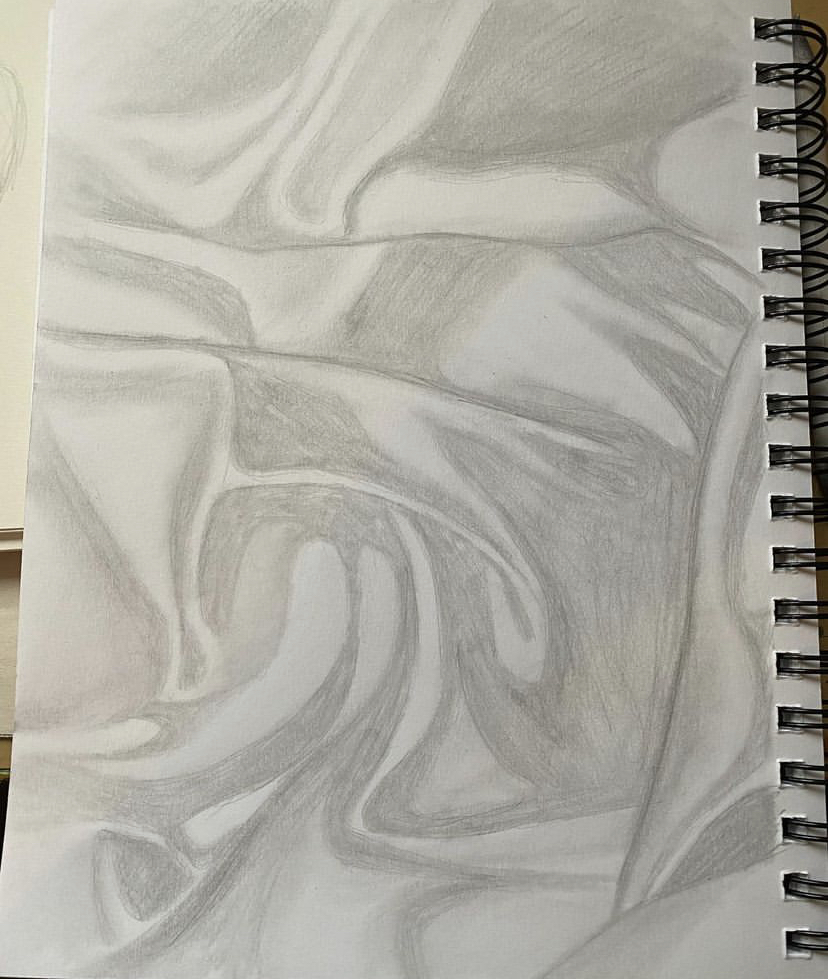

And here’s a picture of my cat in place of the last part of this assignment because I didn’t do it. His name is Charlee. He’s got a very short tail.
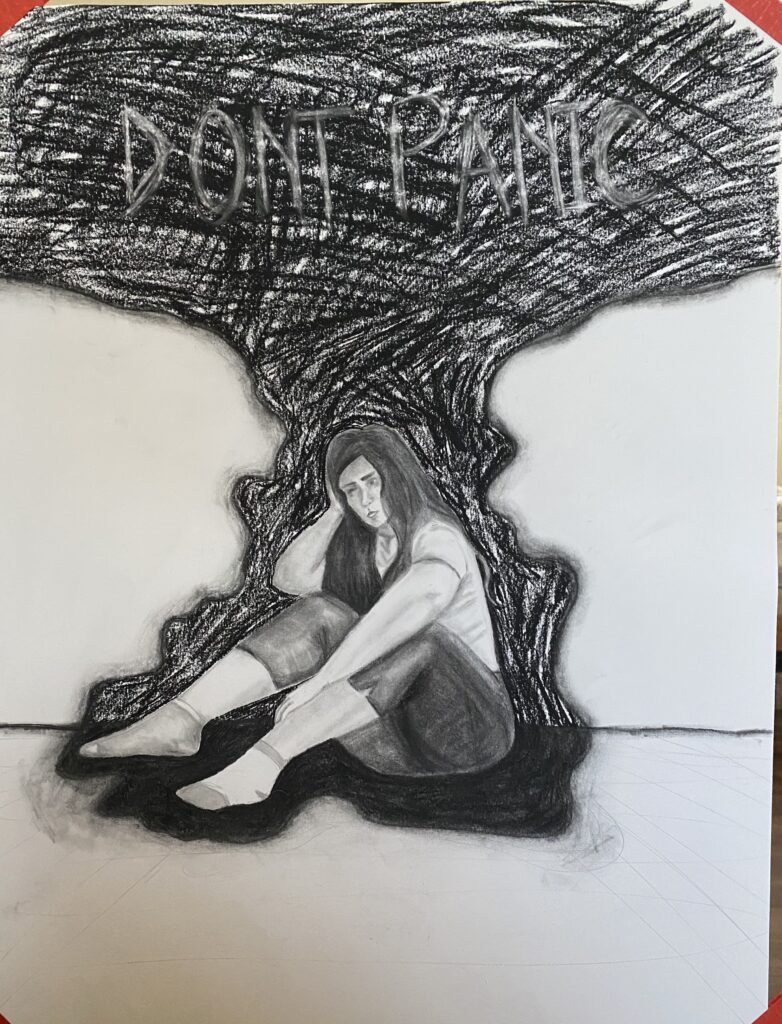
Don’t Panic
Throughout my life, I’ve dealt with a lot of anxiety and stress, and in the past few years, I’ve been diagnosed with a panic disorder. I’m doing much better now than I was even in January, and I’m super grateful for that. Art has always been a way of helping me deal with underlying stresses and anxieties so that when I get a panic attack or an anxiety attack, I’m sometimes less burdened by other factors and am able to work through it more easily. I wanted this work to reflect both my struggle with mental illness, as well as art being an outlet for me.
When I feel myself starting to panic or the beginnings of an attack, I often forget to breathe slowly and hyperventilate, which only makes things worse. Sometimes, I pull on my hair or bite my finger to try to bring myself back to the present and to let my thoughts drag me away. My pose in this drawing is indicative of those reactions.
The mismatched socks are not only just an accurate representation of what I wear on a daily basis, but also harken back to a time when my anxiety had spun itself into some OCD tendencies. One of which was what kind of socks I was wearing. If I wore a certain fabric or a certain pair, the socks would throw my whole day off and thus, I was very picky. The mismatching ones depicted in my drawing is meant to signify my growth in that area of my anxiety. I’m learning to rely on internal circumstances rather than external to determine how I feel and what I do.
Lastly, the very obvious black cloud above me in the drawing has a very clear meaning, I think. It is meant to represent how enveloped one can feel while experiencing or beginning an anxiety attack or panic attack. It can be very easy to get sucked into your thoughts straight away, and many people have mantras (good or bad) that they repeat to themselves while in this state. Though mine is not often the phrase “don’t panic” as I’ve written here, I thought those words summed up what I was trying to present in my drawing, and also opened it up to more people for interpretation. Not everyone will understand the significance of my socks in this drawing, but the words can apply to almost everyone in some situation or another. When one experiences anxiety and/or panic on a regular basis, it’s nice to know that you’re not alone, and these feelings are not unknown to the rest of the world.
